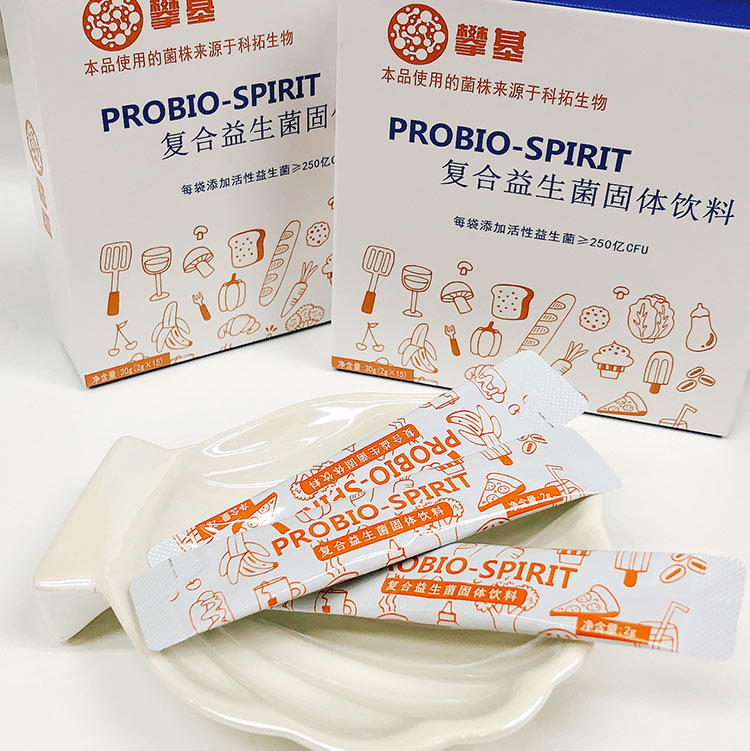Background
Chronic rhinosinusitis with nasal polyps (CRSwNP) is characterized by type 2 helper T-cell-skewed immune profiles, but the state of the neutrophil activation signaling pathway in CRSwNP is unknown. The purpose of this study was to examine neutrophil activation pathways in the pathogenesis of CRSwNP.
Methods
Institutional review board approved the study in which tissue proteomes were compared between control (inferior turbinate) and CRSwNP (nasal polyps) (n = 10/group) using an aptamer-based proteomic array and confirmed by whole transcriptomic analysis. Protein expression was analyzed using Student’s t test and Benjamini–Hochberg procedures followed by the application of Ingenuity Pathway, MetaCore, and Genemania bioinformatics analyses.
Results
All the patients with CRSwNP (n = 10) had eosinophilic nasal polyps. Compared with controls, proteins associated with the triggering receptor expressed on myeloid cells 1 (TREM-1) neutrophil activation signaling pathway such as Calcineurin B, zeta chain-associated protein kinase of 70 kD (ZAP70), 14-3-3 protein theta, 14-3-3 protein zeta/delta, protein kinase C delta type (PKC-D), Interleukin (IL)-17B, IL-17B receptor, IL-23, and IL-1B were significantly decreased in CRSwNP (fold change [FC] = −1.60, P = .003; FC = −1.85, P = .040; FC = −1.26, P < .001; FC = −1.05, P = .008; and FC = −1.31, P = .004; FC = −1.22, P < .001; FC = −1.09, P = .022; FC = −1.25, P < .001; and FC = −1.31, P = .014; respectively). In contrast, tissue eosinophil count (P < .001) and eosinophil-associated proteins such as C-C motif chemokine 17, periostin, and galectin 10 were all significantly increased in CRSwNP (FC = 1.56, P = .009; FC = 3.95, P < .001; and FC = 2.44, P < .001; respectively). Furthermore, the FC of the studied proteins’ expression significantly and positively correlated with FC of their mRNA expression (P = .001, r = .75).
Conclusions
TREM-1-associated neutrophilic signaling pathway proteins are significantly suppressed in eosinophilic CRSwNP.
Referece: Wu D, Mueller S K, Nocera A L, et al. TREM-1 Neutrophil Activation Pathway Is Suppressed in Eosinophilic Nasal Polyps[J]. American journal of rhinology & allergy, 2018: 1945892418782233.
 过敏菌商城
过敏菌商城
